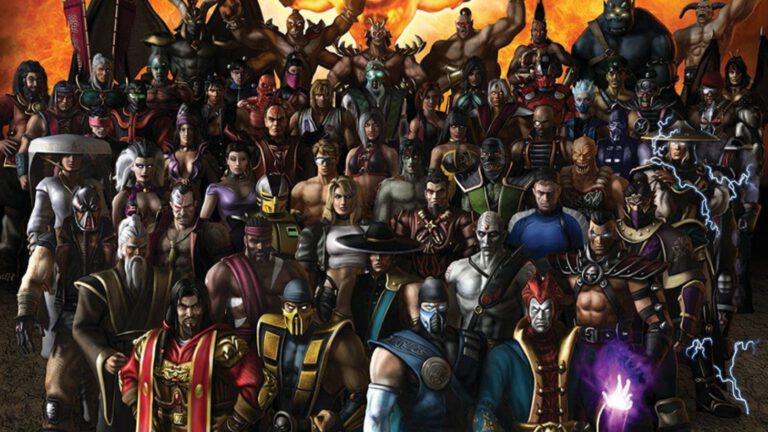Who are these French people who refuse to switch to optical fiber


Who are the ADSL die-hards? While optical fiber is being deployed throughout the territory, individuals are making the deliberate choice to stay on the copper network. On the principle “ADSL works, why change it? “, these refractories to the fiber regime would be between 10 and 15% according to Xavier Niel, boss of Free.
Infrastructure operator dedicated to Public Initiative Networks (PIRS), supported by local authorities, Orange Concessions sought to find out more about this population by commissioning a study from CRP Consulting. 920 French people living in rural areas in the departments of Aveyron, Moselle and Var were interviewed face-to-face last February and March.
A lack of information
What are the reasons given for not subscribing to a fiber optic offer when it is available on their territory? For 42% of eligible households but not connected, the quality of their connection in place via ADSL or a mobile network (connection sharing, 4G box) is sufficient and meets their current needs.
The second brake is financial. For 40% of the respondents, the increase in subscription prices and the potential cost of connection are obstacles to a switch to optical fiber. However, 37% of respondents indicate that they could subscribe to a fiber subscription with a telecom operator if a promotional offer was offered to them.
Finally, the study points to the information deficit of the general public, including ” in areas where the fiber has been deployed for several months ». 36% of respondents have not switched to optical fiber simply because they are unaware of their eligibility or do not know the advantages of optical fiber (increased throughput, low latency, connection stability).
Whose fault is it? In terms of information, the telecom operator is the main point of contact for 67% of respondents. Local authorities also have an important role to play, with 43% of respondents turning primarily to their community’s town hall for information.
What about the quality of service?
The survey for Orange Concessions omits one last brake, perhaps the most important: the quality of service. Connection difficulties, temporary disconnections, wild disconnections of a user in favor of a new subscriber … the transition from ADSL to fiber is similar for some subscribers to a real obstacle course.
The Mediation of electronic communications has been seized in particular for “ddamage to the consumer’s home by the technician, the removal of the ADSL cable, cuts in electrical wires, ADSL link or TV antenna, damaged walls “.
Enough to cool the ardor of many subscribers. Especially since some so-called complex fiber connections involve work at the subscriber’s expense, such as digging a trench on his land, breaking a slab in his garage or uncorking a sheath.
To this end, Jean-Noël Barrot, deputy minister in charge of the digital transition and telecommunications, is studying, beyond “a right to very high speed for all”, the possibility of setting up state aid which would support the financing of the work incumbent on the individual.
The end of the copper network calls for choices
Whatever the reasons mentioned, good or bad, these fiber refractories will soon be called upon to make a choice. The copper network that supports ADSL will, in fact, gradually be extinguished by 2030. Individuals as well as companies could find themselves without an internet connection or will have to opt for an alternative technology to optical fiber such as cable, a 4G / 5G box or satellite internet.
According to a study by UFC Que Choisir, some 12 million French people – almost one in five households – still do not have a quality internet connection, despite the success of the France Very High Speed plan.
A digital divide that doubles as a territorial divide. Almost a third (32.6%) of the 8.8 million inhabitants of municipalities with fewer than a thousand inhabitants do not have a very high-speed internet connection.








